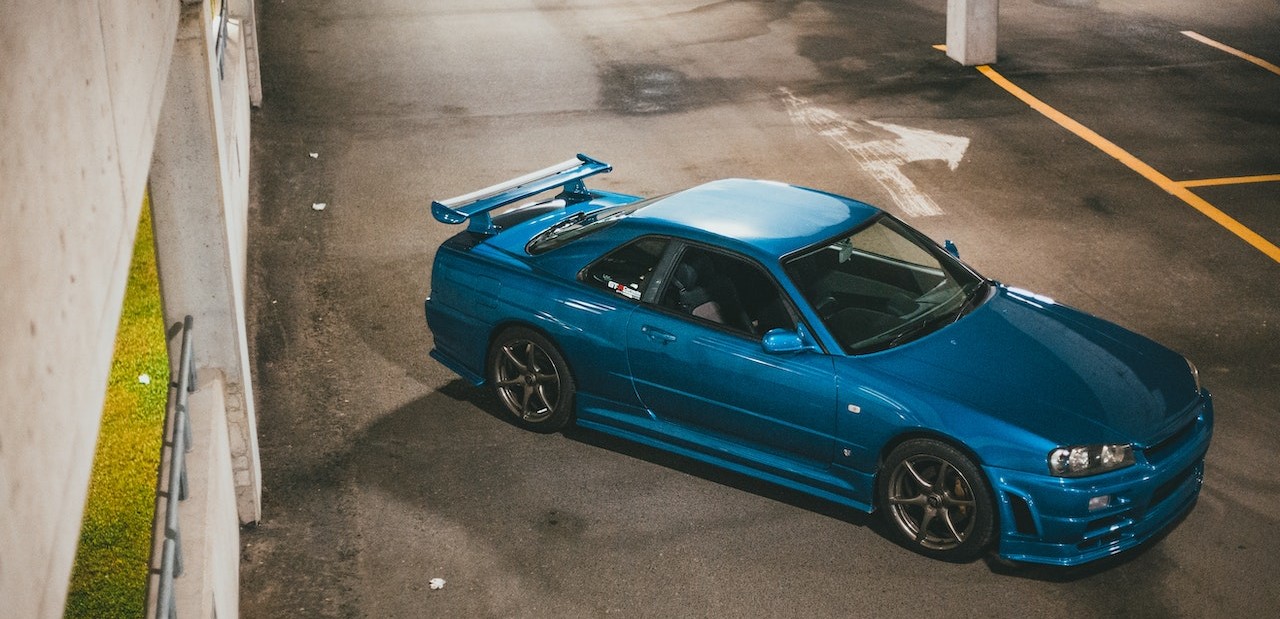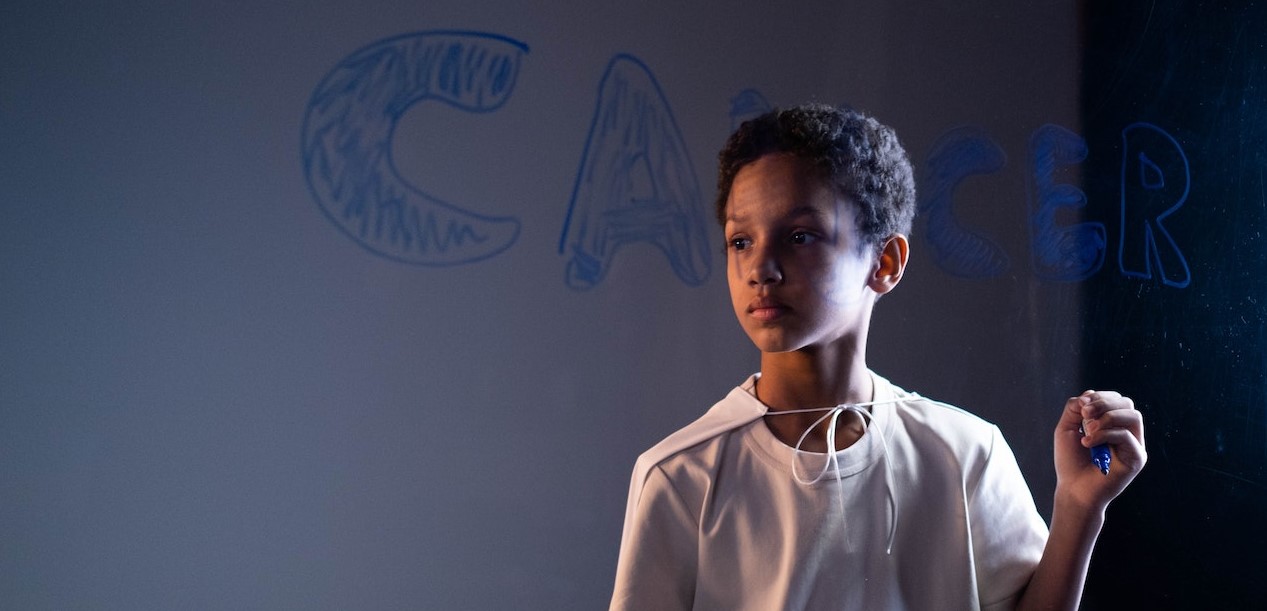What is Pediatric Cancer?
What is Pediatric Cancer? Know the Causes, Forms, and Treatment of this Leading Child-Killing Disease in the U.S.
Cancer can happen to just about anyone, including babies who haven’t even turned a year old yet. For parents, finding out that their kids have cancer would have to be the most terrifying news to hear. Each year, more than 300,000 children are diagnosed with pediatric cancer worldwide.
Kids Car Donations is here to provide you with all the important details you need to know about pediatric cancer.
Pediatric Cancer in the United States
Also known as childhood cancer, pediatric cancer is a term used to describe the different forms of cancer that can occur to children ages 0 to 14, with 6 as the average age of diagnosed children. Although it’s not a common disease, pediatric cancer is the leading cause of disease-related deaths among children in the country.
While the death rates have declined by 57% over the past decades, pediatric cancer still claims thousands of young lives. Currently, there are about 375,000 adult survivors of pediatric cancer in the United States. Despite having survived the disease, many of them still suffer from the late effects of their treatment. These include heart failure, infertility, and secondary cancers.
Forms of Pediatric Cancer
Although a rare case, cancer can happen even to children who look “healthy,” appearance-wise. The common types of pediatric cancer include leukemia, brain cancer, and lymphoma. For teenagers, bone cancer is the most common type.
- Leukemia
The most common form of childhood cancer is leukemia, which accounts for about 30% of all cancer types in kids. There are two kinds of pediatric leukemia—acute lymphocytic leukemia (ALL) and acute myelogenous leukemia (AML). Their symptoms include fatigue, weakness, fever, weight loss, bone and joint pain, bruising or bleeding, and pale skin. Since malignant cells are known to grow rapidly in this type of cancer, treatment needs to be done as soon as possible.
- Brain cancers
Cancers of the brain and the central nervous system are the second most common cancers in kids and teenagers. Accounting for about 26% of pediatric cancers, brain cancers come in different forms, with each requiring specific treatment.
While brain tumors in adults commonly develop in the upper parts of the brain, tumors in children grow in the lower areas, such as the brain stem or cerebellum. Symptoms of brain cancers include nausea, headaches, seizures, dizziness, vomiting, blurred or double vision, difficulty in handling objects, and trouble in walking
- Lymphomas
Lymphomas grow in lymphocytes, otherwise known as our immune system cells. In most instances, the cancerous cells start spreading in the lymph nodes and lymph tissues, such as the thymus or tonsils. Depending on where the cancer is located, symptoms include fever, fatigue, sweating, weight loss, and lumps under the skin of the armpit, groin, or neck.
Lymphoma is further broken down into two kinds—Hodgkin lymphoma and non-Hodgkin lymphoma. Hodgkin lymphoma accounts for 3% of all pediatric cancers and is quite more common in early and late adulthood. On the other hand, non-Hodgkin lymphoma is the more common type of lymphoma in children, contributing to about 5% of all childhood cancers. It normally requires intensive treatment.
- Bone cancers
Bone cancer often develops in older kids and teens and account for about 3% of all pediatric cancers in the United States. There are two main types of bone cancers in children—Ewing sarcoma and osteosarcoma.
Mostly targeting young teens, Ewing sarcoma is the less common type among the two. It usually starts in areas such as the ribs, shoulder blades, pelvic bones, or in-between the long leg bones. On the other hand, osteosarcoma forms in places where the bone quickly grows, eventually causing bone pain and swelling in the affected areas.
- Retinoblastoma
Retinoblastoma or eye cancer typically occurs in kids at the age of 2 and rarely happens to children older than 6. It makes up about 2% of all childhood cancers. Its first signs include an unusual appearance of the child’s eye. A pupil that’s pink or white when shone with light is a clear indicator of retinoblastoma.
- Rhabdomyosarcoma
Normally growing in skeletal muscles, rhabdomyosarcoma starts in almost any body part, such as the head, belly, arm, pelvis, leg, or groin. Children with the cancer experience swelling, pain, or both in the affected parts.
- Nephroblastoma
Also called Wilms tumor, this form of childhood cancer begins in one of the kidneys. There are rare instances where it grows in both kidneys. Primary symptoms include swelling or a lump in the abdomen. Symptoms include nausea, fever, lack of appetite, and pain. Nephroblastoma is found in children ages 3 to 4 but is unlikely to affect those older than 6.
Causes of Pediatric Cancer
While oncologists, scientists, and researchers can easily point out the risk factors for adults—which are mostly related to their lifestyle and habits—identifying the causes of childhood cancer is not that easy. So far, they’ve found out that Down syndrome and other types of genetic abnormalities are likely to increase the chances of cancer in children.
Environmental factors, although only very few, have also been linked to some forms of pediatric cancers. Exposure to radiation is found to be one of them as well as being around parents who constantly smoke. However, exposure to toxic substances does not lead to childhood cancer.
In most cases, pediatric cancers stem from random gene mutations of developing cells. This does not mean that the genes inherited from their parents are the cause but rather the result of DNA changes that occurred early in the child’s life.
Treatment
Treating pediatric cancer can be done in four ways: surgery, chemotherapy, radiation, and bone marrow transplant. The treatment will depend on the child’s age, the type of cancer, and the severity of the cancer. It’s possible for doctors to use two or more treatments.
- Surgery
Perhaps the simplest treatment method would be through surgical operation. This treatment is ideal for children whose tumors have not spread to the other areas of the body yet. Most of the time, doctors would combine surgery with radiation to ensure a full recovery.
- Chemotherapy
Chemotherapy has been known to eliminate cancer cells in the body. Children can take the medications either orally, intravenously, or intrathecally (into the spinal fluid). The type of chemo treatment and medications will vary depending on the child’s cancer and how well the body responds to the treatment.
Although chemotherapy is a powerful treatment method that kills cancer cells, it can have dangerous side effects. Short-term problems include vomiting, anemia, fatigue, nausea, hair loss, menstrual problems, abnormal bleeding, infections, and kidney damage. As for its long-term effects, patients might encounter organ damage, infertility, stunted development, and even an increased risk of other cancers.
- Radiation
Radiation therapy destroys cancer cells with a stream of high-energy waves or particles. Most childhood cancers that receive this treatment also undergo surgery or chemotherapy. Like chemo, radiation can have side effects, including infertility and a possibility of another cancer.
- Bone marrow transplant
Bone marrow transplants are necessary for certain types of childhood cancers, particularly those where the blood cells are affected. In most instances, chemo is paired alongside the transplant in order to kill the defective cells and allow new cells to form.
Kids Suffering from Serious Illnesses Need Your Support
If you want to provide meaningful assistance to children who have been diagnosed with pediatric cancer and other serious illnesses in your area, the easiest way to do this is by donating your old and unwanted car to Kids Car Donations. By giving away something you no longer need, you can help save the lives of these young patients.
We sell all vehicles donated to us and use the proceeds to support our charity partners that are dedicated to providing assistance to children and teens who are seriously ill, homeless, or victims of abuse. These IRS-certified 501(c)3 nonprofit organizations provide their beneficiaries with free medical treatment, free educational and social service resources, and emotional well-being projects. They also provide permanent shelters and psychological services for homeless children.
You can donate almost any type of vehicle—an old car, SUV, camper, truck, motorcycle, boat, riding lawnmower, snowmobile, etc.
You will also personally benefit from your vehicle donation since you’ll get to receive free towing services and a top tax deduction after your vehicle gets sold at auction.
For more information about Kids Car Donations and our car donation program, check out our FAQs page. For inquiries, you may call us at our toll-free hotline 866-634-8395 or send us a message online.
You can make your car donation by filling out our secure online donation form here or calling us directly. We accept vehicle donations anywhere in the United States since we have vehicle donation programs in all 50 states.

Help Us Save Young Lives!
The sight of children suffering from pediatric cancer and other serious medical conditions can pull at the heartstrings of anyone. Some of these afflicted young ones could be living in your community. Call us at 866-634-8395 and help save their lives with your car donation!


